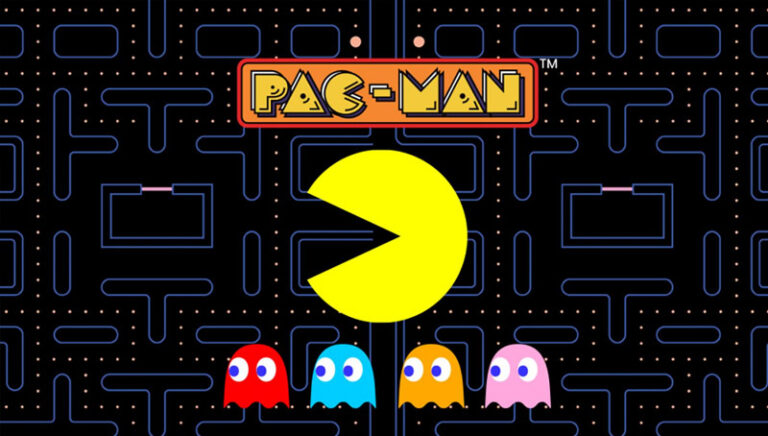Cloud Gaming: The Future of Interactive Entertainment
What is Cloud Gaming?
Cloud gaming removes the need for powerful local hardware by enabling users to play video games streamed to their devices from distant servers. This innovative approach leverages the power of cloud gaming services to deliver gaming experiences traditionally bounded by hardware limitations. Cloud gaming services allow Users to access many games without owning a powerful gaming console or a high-end PC.
This democratizes gaming, making it more inclusive and accessible to a broader audience. With a stable internet connection, gamers can enjoy AAA titles on devices ranging from smartphones to budget laptops. With the advent of cloud gaming, the emphasis has shifted from hardware to internet connectivity, resulting in lower entry barriers and a more global gaming community.
Benefits of Cloud Gaming
Accessibility is one of the main benefits of cloud gaming. Anyone with a dependable internet connection can access high-quality games regardless of their device. This dramatically lowers the entry barrier and makes gaming more accessible to a broader audience. Cloud gaming offers seamless updates and cross-platform play, enhancing user convenience and overall experience.
Another benefit is environmental sustainability. Since gaming computation occurs on remote servers, the energy consumption on the user’s end is substantially reduced. This shift can contribute to lowering the gaming industry’s overall carbon footprint. On a broader scale, cloud gaming diminishes the constant need for gamers to upgrade to the latest hardware, reducing electronic waste and its subsequent environmental impact.
Key Technologies
Critical technologies driving cloud gaming include high-speed internet, advanced compression algorithms, and robust data centers. These components ensure low latency and high-quality streaming, essential for a smooth gaming experience. Advanced machine learning algorithms are also employed to predict user inputs and streamline the gaming process.
Moreover, 5G technology is a game-changer for cloud gaming. With its low latency and high data transfer speeds, 5G can significantly enhance the cloud gaming experience, making mobile gaming more viable and enjoyable. This advancement enables gaming on the go without compromising quality, bringing high-performance gaming to more flexible environments and lifestyles.
How It Works
Cloud gaming operates by running a game on a remote server and streaming the gameplay to the user’s device. Inputs from the player are sent to the server, processed in real-time, and the resulting gameplay is sent back. This requires a robust network infrastructure to minimize delays and provide an immersive experience.
The server farm, where the games run, is equipped with high-performance hardware and software optimized for gaming. These servers handle all the heavy lifting, including rendering graphics and processing gameplay mechanics, ensuring that the user’s device only needs to display the streamed content. By utilizing edge computing and content delivery networks (CDNs), cloud gaming platforms can offer low-latency experiences even in geographically diverse locations.
Impact on the Gaming Industry
The rise of cloud gaming is significantly influencing the gaming industry. Game developers and publishers are exploring new models and strategies to adapt to this change. Subscription-based services and exclusive content for cloud platforms are becoming more common. Shifting towards cloud gaming leads to more diverse revenue streams and innovative game designs tailored for the cloud.
This shift encourages collaboration between tech companies and game developers to create optimized gaming experiences. Developers can now focus more on creativity and game mechanics than software and hardware limitations. The impact extends beyond developers; gamers benefit from an ever-expanding library of accessible games, and companies can explore various monetization strategies, such as in-game purchases and subscription models.
Challenges and Solutions
Despite its promise, cloud gaming faces several challenges, such as latency issues, bandwidth limitations, and data privacy concerns. Companies are addressing these problems by enhancing compression technologies, optimizing server locations, and implementing stringent security measures. Continuous innovation and investment are critical to overcoming these hurdles.
Governments and regulatory bodies may also facilitate the adoption of cloud gaming by ensuring the availability of high-speed internet in remote areas and setting data privacy and security standards. By fostering a globally connected infrastructure, cloud gaming can reach its full potential, offering unparalleled gaming experiences to users worldwide while maintaining robust data protection standards.
Future Trends
The future of cloud gaming is bright, with trends pointing towards more widespread adoption, better performance, and richer content. As technologies evolve and infrastructure improves, the quality and accessibility of cloud gaming will continue to grow. Major players in the industry are making significant R&D investments to remain on the cutting edge. Furthermore, cloud gaming may be integrated with cutting-edge technologies like augmented reality (AR) and virtual reality (VR) to create even more engaging and interactive experiences. The gaming landscape is set for revolutionary transformations in the coming years, offering new dimensions and perspectives to both developers and players. Enhanced graphics, AI-driven characters, and personalized gaming experiences will likely become standard offerings as cloud computing power grows.
Final Thoughts
Cloud gaming represents a transformative shift in how we experience video games, offering unprecedented access and convenience. While challenges remain, ongoing innovations promise to overcome these obstacles, paving the way for a more inclusive and efficient gaming future. As the industry matures, gamers worldwide can anticipate a future where the most exciting and high-quality gaming experiences are merely a click away. It is an exciting time for gamers, developers, and the entire digital entertainment ecosystem, heralding a new era of seamless, high-quality, and accessible gaming.







